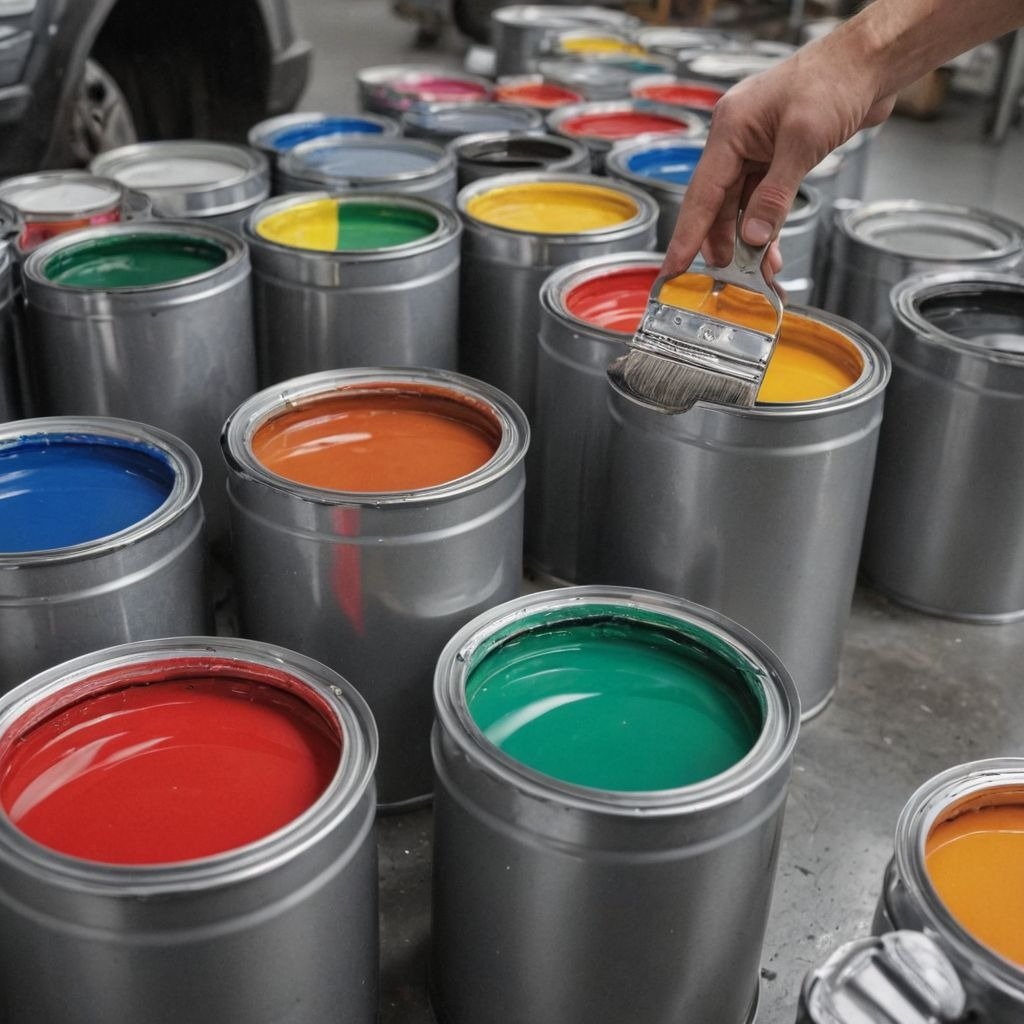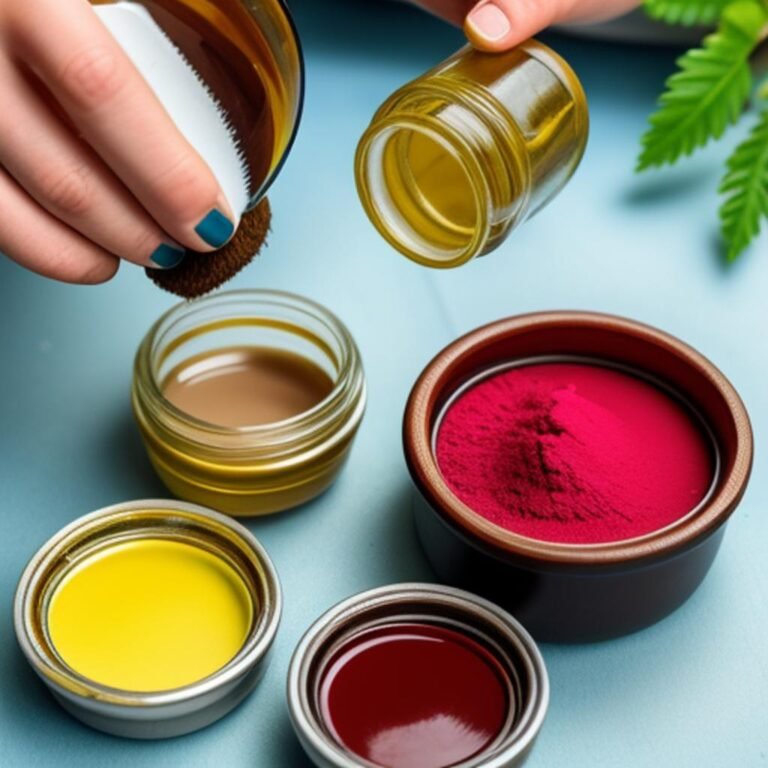Understanding the Power of Natural Castor Oil in the Industrial and Automotive Paint Industry

INTRODUCTION
WELCOME TO RUNZOER INDIA, where we delve into the fascinating world of natural castor oil and its incredible impact on the industrial and automotive paint industry. As professionals in the field with over 10 years of experience, we understand the power this versatile oil holds and its ability to revolutionize the way paints are formulated, produced, and applied. In this article, we will explore the unique properties of natural castor oil, its numerous applications in the industrial and automotive sectors, and the environmental benefits it brings. Get ready to discover how this powerful ingredient can enhance the performance, durability, and sustainability of paints, leaving a lasting impression on both professionals and enthusiasts alike. Join us on this captivating journey as we unlock the true potential of natural castor oil in the paint industry!
The Rise of Castor Oil in Industrial Automotive Paints
The spotlight is on natural castor oil due to its low toxicity to humans, leading to its widespread use in low-cost automotive paints that have largely replaced plasticizer materials. Castor oil blended paints have gained prominence globally due to their easy availability, biodegradability, and environmentally friendly nature. Polymer-derived oils find applications in surface coatings, paints, and adhesives, with a specific focus on castor oil’s recent applications in polymeric activities.The emphasis is on the utilization of drying oil in industrial automotive paints.
Pigments:
These are broadly categorized as organic, inorganic, and earth paints, offering a range of colors and physical properties that impact sheen, finish, toughness, and durability
Binders:
Binders, containing polymeric substances, resins, and drying oil, form dry coatings that adhere to painted surfaces and contribute to gloss and firmness.
Solvents:
Solvents maintain the liquidity of paints for smooth application, flexibility, and brush ability.
Additives:
Additives, present in paints at low concentrations, impart special properties such as driers, anti-skinning agents, thickeners, biocides, plasticizers, surfactants, antifoam agents, dispersing agents, and catalysts.

Historical Background:
Paints, a blend of resin pigments with compatible additives and solvents, serve protective purposes on substrate surfaces. The quality of paints has significantly improved with modern technological advancements.
Role of Castor Oil Manufacturers:
The use of natural castor oil has become essential due to the harmful impacts of plasticizers on the environment. With its film-forming properties, castor oil has found applications in decorative, lubricants, and surface coatings, positioning it as a unique product in the automotive industry
Crucial Facts about Castor Oil:
Rich in ricinoleic acid, castor oil exhibits unique cross-linking properties when exposed to oxygen, resulting in a solidified film crucial for automotive applications.
Research and Development:
Research highlights the incomparable chemical properties and diverse applications of castor oil in cosmetics and coatings, presenting a method for producing plasticized paint using essential equipment and materials.
Production Process:
The production process involves extracting castor oil and designing the topcoat of the paint through several important stages, ensuring the quality and suitability for industrial uses.
Results and Conclusion:
The incorporation of castor oil as a plasticizer in paints positively impacts its qualities, limiting corrosion, preventing cracks, and enhancing the aesthetic appeal of automotive vehicles. This revolutionary shift brought about by castor oil manufacturers has led to the gradual replacement of polymer plasticizers and the emergence of new polymers as the base of a diverse coating system.
